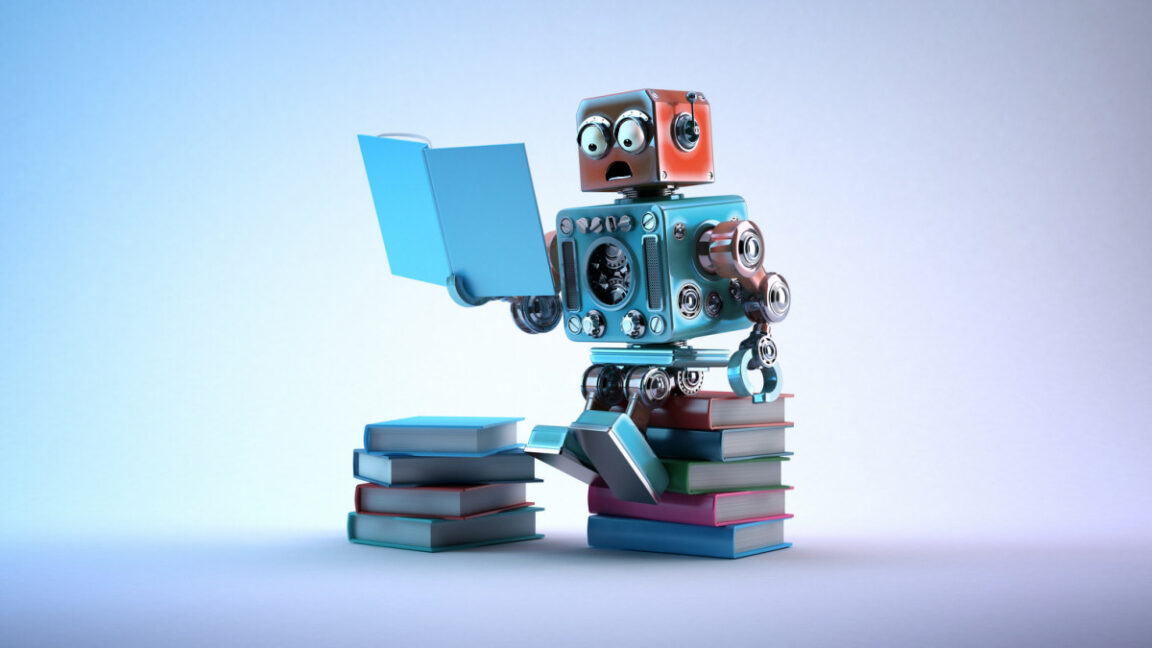Researchers isolate memorization from problem-solving in AI neural networks
NeutralArtificial Intelligence

Researchers have discovered that in AI neural networks, basic arithmetic abilities are linked to memorization pathways rather than logic circuits. This finding, published on November 10, 2025, highlights a significant distinction in how AI processes information, separating the mechanisms of memorization from those involved in problem-solving. Understanding this separation is crucial for advancing AI development and improving its capabilities in various applications.
— via World Pulse Now AI Editorial System

